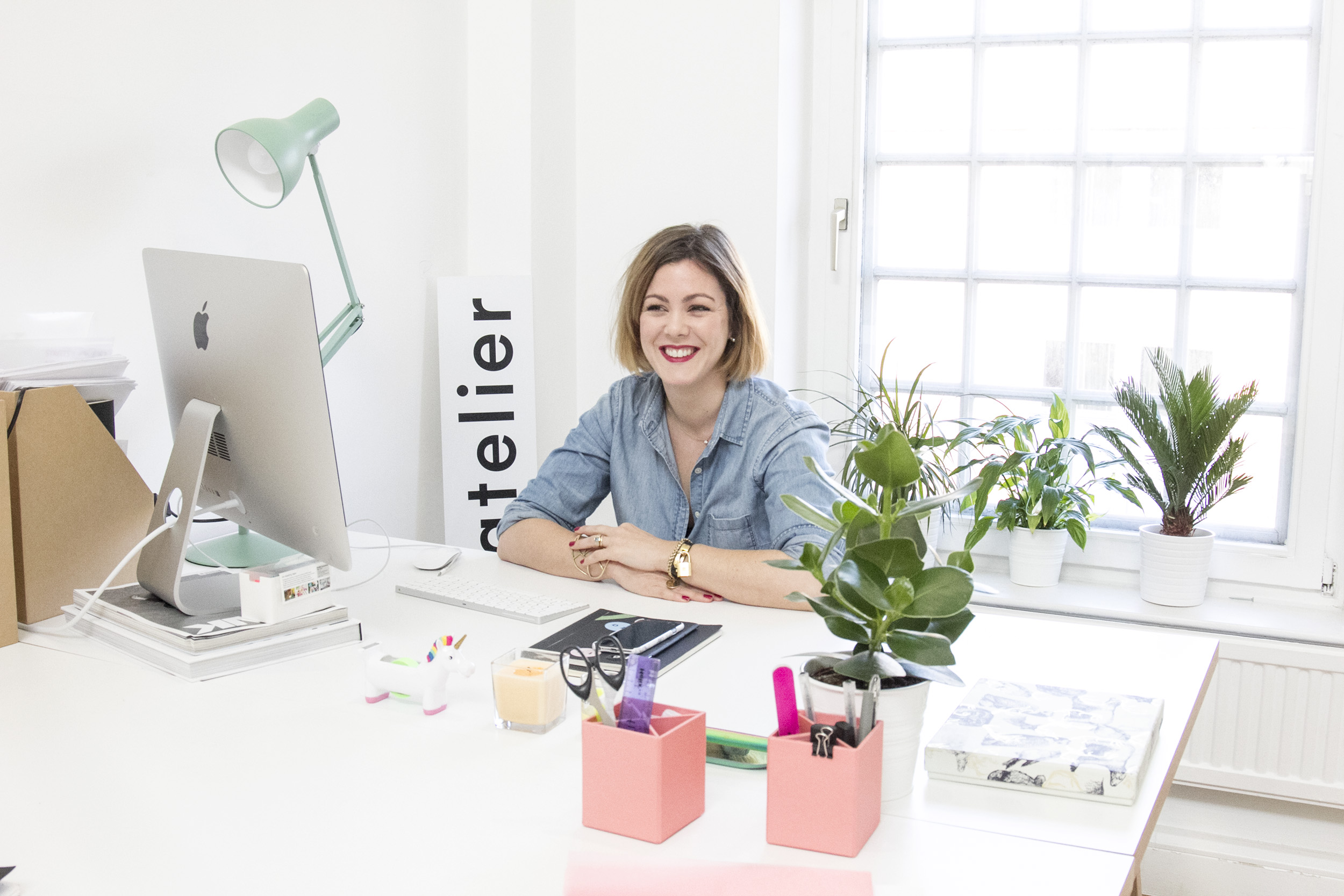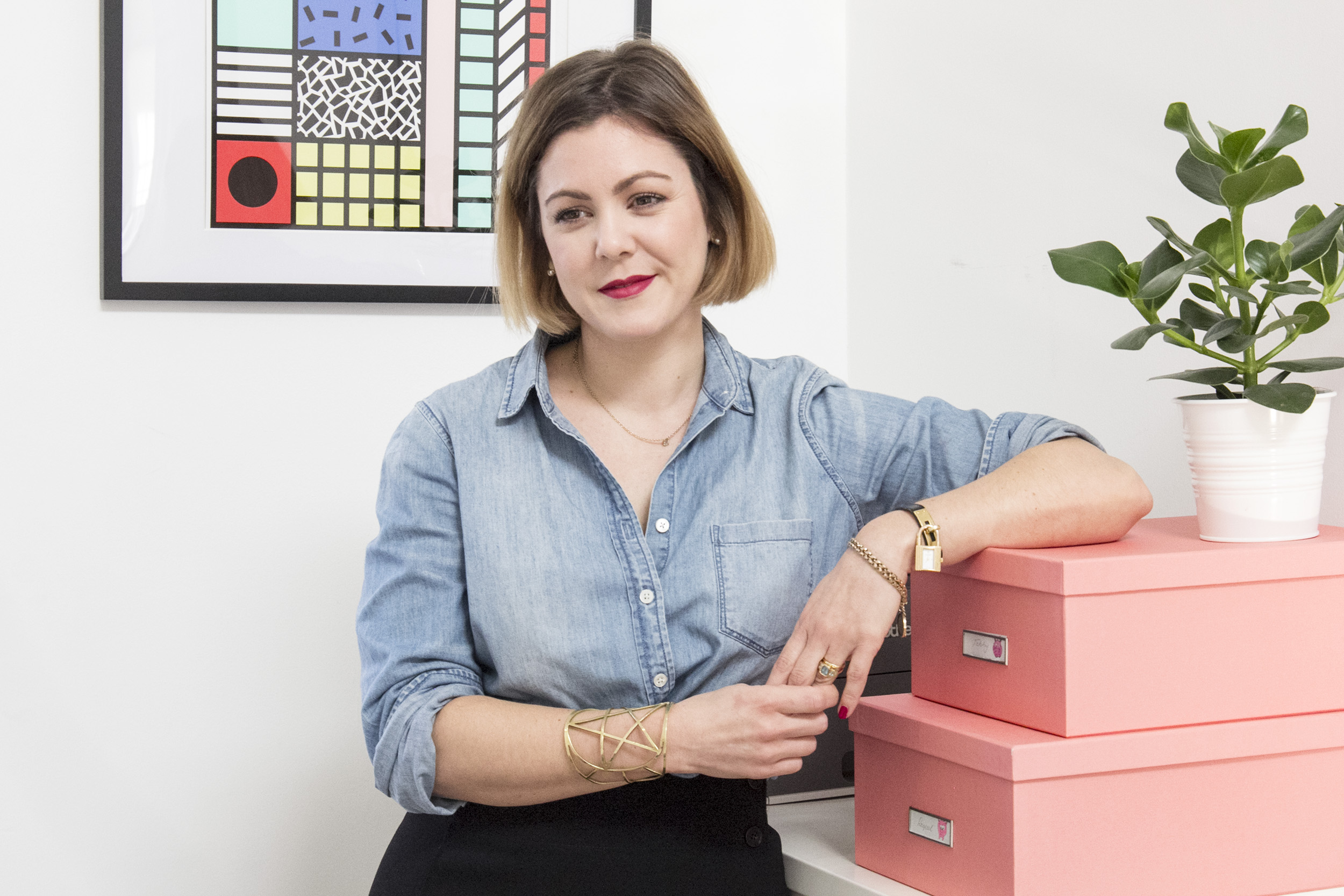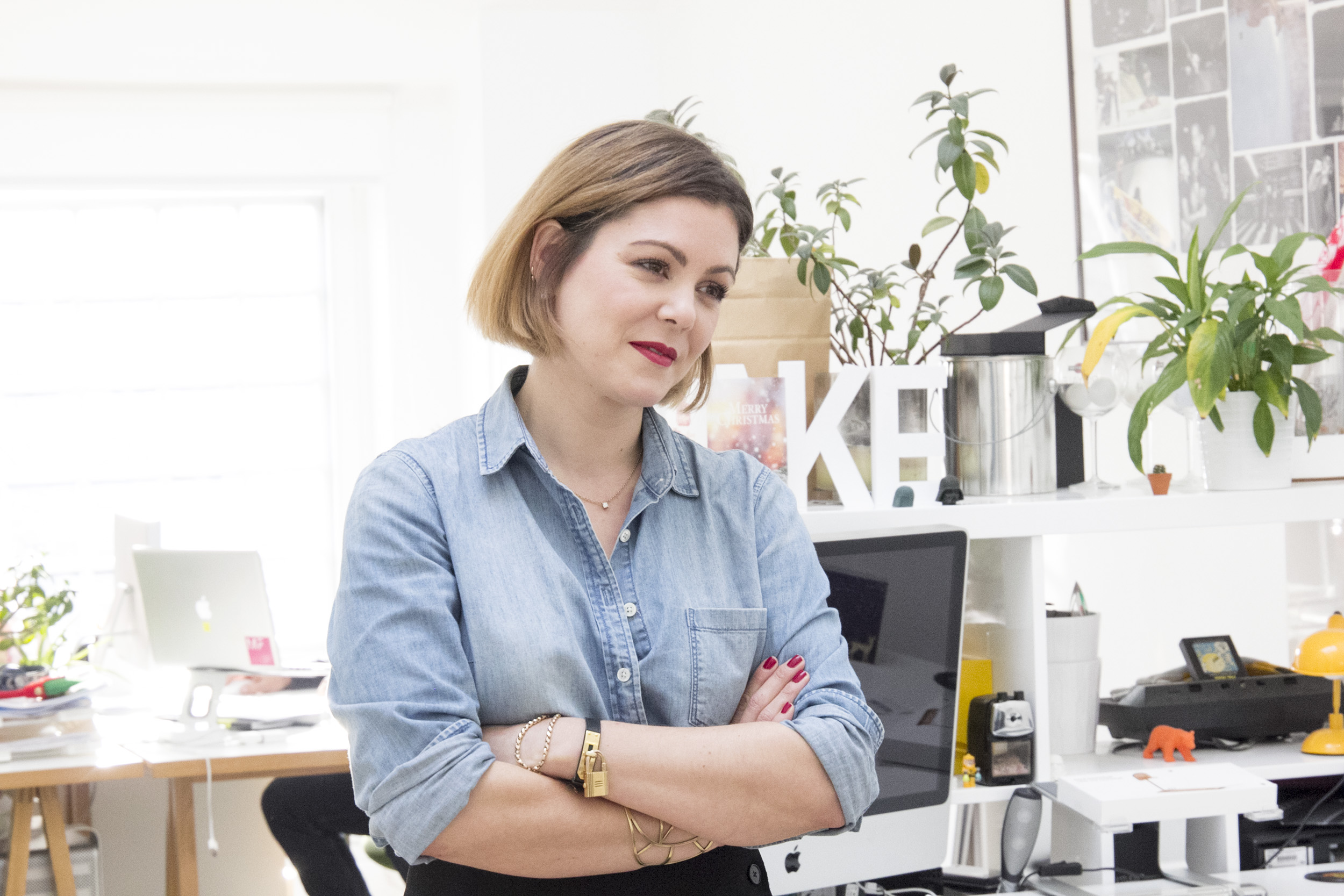As we enter a New Year, I’m sure you’ve noticed how talk about resolutions has begun to flood your social media feeds? How, gyms are suddenly more full and the fact that overnight, you’re more conscious about eating things you never would have bat an eyelid about in the midst of December gluttony. Yeah, me too. The start of a New Year naturally comes with pressure professionally too. The Christmas break has this uncanny ability to make the idea of going back to a job that neither fulfils you nor challenges you, feel painfully untenable. And for those of us who run businesses, there’s a certain pressure to do right on the things that didn’t quite work and bring in more revenue than the year before, you know, all while working smarter, not harder.
The fact that you’re reading this makes me confident that no matter whether you have a 9 to 5 or a business of your own, you’ve started this year with a vow to be intentional with your career – and that’s what made Rachel Saywell-Burr the perfect person to kick start this year’s career series. First things first, she’s spent almost a decade and a half headhunting talent to place at some of the biggest fashion and beauty brands in the world. She fell into recruitment and talent spotting accidently – as many of the most interesting careers often begin – and has worked at every big agency in London you can think of. Oh, and she was responsible for opening the recruitment limb of ITB, the agency responsible for campaigns and talent placement for the likes of Calvin Klein, Dior, Net-a-Porter, Versace and H&M, too. She’s also a business owner, having launched her aptly named agency, Talent Atelier last year so when it comes to the growing pains of starting a team as a start-up, to knowing when you’re ready and the costs involved to the low down on how to find the right people, there’s nobody more equipped to give you advice. She knows both sides intimately and here she reveals all. You might want to bookmark this one…
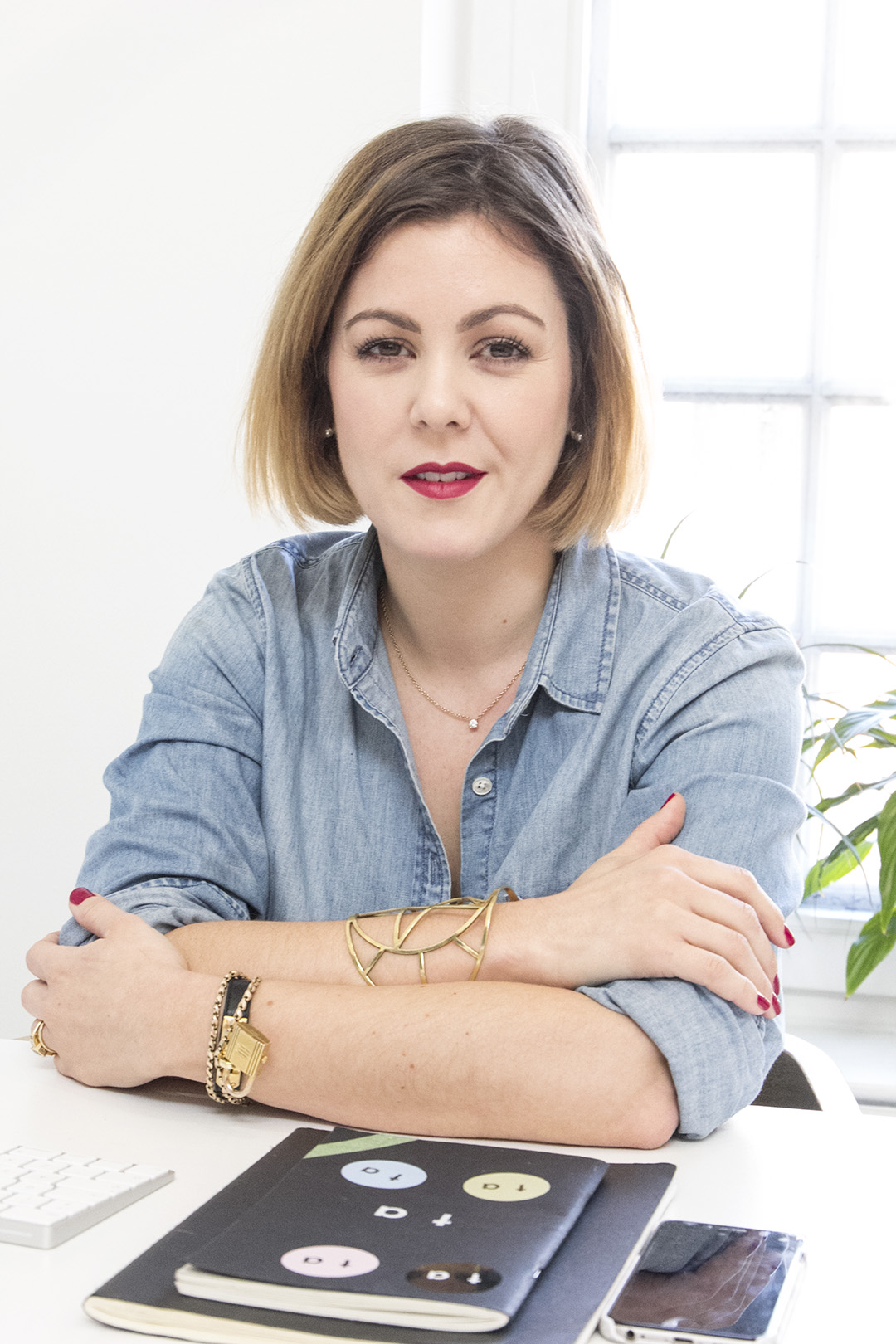 ON ACCIDENTLY FALLING INTO HEADHUNTING: I initially trained as a make-up artist after leaving school and like most people, fell into headhunting. I wanted to get my weekends back, so working in an office seemed really appealing to me. I went to visit a local recruitment company and they quickly asked me to come on board there for a trial. Recruitment is very much about intuition and connecting with people, so my skills at being up close and personal when doing people’s makeup and up-selling product from my retail days meant that I had a good grounding to get started. I worked for that business for about three years before following my dream to move to London. I saw an advert asking for recruitment experience and…a “passion for fashion.” I didn’t even know that fashion recruitment existed. Within the week I was being thrown into the fire of fashion week. I was then headhunted by a big New York-based agency who were looking to open their European division a couple of years later so moved and built a successful business there. ITB knocked at my door as I was connected to a Director through the CEO of Victoria Beckham and the rest is history!
ON ACCIDENTLY FALLING INTO HEADHUNTING: I initially trained as a make-up artist after leaving school and like most people, fell into headhunting. I wanted to get my weekends back, so working in an office seemed really appealing to me. I went to visit a local recruitment company and they quickly asked me to come on board there for a trial. Recruitment is very much about intuition and connecting with people, so my skills at being up close and personal when doing people’s makeup and up-selling product from my retail days meant that I had a good grounding to get started. I worked for that business for about three years before following my dream to move to London. I saw an advert asking for recruitment experience and…a “passion for fashion.” I didn’t even know that fashion recruitment existed. Within the week I was being thrown into the fire of fashion week. I was then headhunted by a big New York-based agency who were looking to open their European division a couple of years later so moved and built a successful business there. ITB knocked at my door as I was connected to a Director through the CEO of Victoria Beckham and the rest is history!
ON STARTING A HEADHUNTING DIVISION AT ITB: I was brought on initially within another division but it became apparently very quickly that the Search team needed to stand-alone. Starting a new desk in an existing recruitment business is one thing, but opening a whole division definitely had its challenges. I had come from an environment where I was managing a team and initially started alone at ITB. The original idea was that clients would transition organically over to the new division who were already working with the business, but that wasn’t the case. The contacts inside the clients were from one area, and I needed to be in front of the decision makers for hiring staff. HR aren’t normally involved when it comes to signing a celebrity to be the face of a campaign! Additionally, the people internally had never worked with a headhunter before so the majority weren’t really able to link what I did to the rest of the company. From my perspective, all businesses, no matter what industry work with recruiters bringing the best people into the company. Relationships are built through speculative conversation and rather than casting talent for adverts and campaigns, I was casting talent internally behind-the-scenes to keep the show running. The gloss and gravitas of being a part of ITB (also part owned by Wednesday Agency Group) was a massive door-opener though. People were impressed by their showreel and client list and it was a huge help when I could talk through their achievements in a pitch. ITB was doing something very new – it was still testing the waters when it came to combining services and people liked that. It was like a one-stop-shop for businesses looking to add a depth of knowledge from creating unique partnerships with licensing, through to bringing a campaign together through the power of talent.
HOW THE EXPERIENCE PREPARED HER TO LAUNCH TALENT ATELIER: Having come from a more traditional recruitment background, it definitely opened my eyes to be able to create something that didn’t exist before in the market and gave me the confidence to build my brand based on different principles to those that have been around for years. I wanted to make sure that I was clear in the delivery of my message about what we do. We’re here to place talent in the creative industries. It’s simple, clear and easy to understand, while having some flexibility to deliver additional services. It was also really important that I was doing something different- I was working with some incredible people at ITB and each of them gave me some understanding of how they had started their area of the company. It was awash with entrepreneurs which was very inspiring.
WHERE THE IDEA FOR TALENT ATELIER CAME FROM: Recruitment gets a bad rap, and justly so in some cases. It’s often powered by people wanting to make a quick buck rather than those who want to build a foundation of a good brand offering a positive experience with longevity. I have always wanted to offer a service to both clients and candidates that respects, understands and nurtures the creative industries. I think that as businesses are having to be so agile now, they want the ability to connect with consultants who can help them achieve their goals.
HOW SHE BUILT HER CLIENT BASE: I have had the same black book of clients rolling since day one of working in fashion which has grown over the years. When I told people I was starting my own company, they were so supportive. I think being a woman in your mid 30’s opening something new, people want to be on board. I’ve always been very clear with the message of Talent Atelier and what we do and have had the majority of new clients coming to us through recommendation. Our branding is also something I’m incredibly proud of- the Designer I worked with clicked with the vision I had and I often get emails from people saying that they’ve connected with us because of that. They see we understand their industry and want to work with a brand that reflects their values.
THE 411 ON HER LAUNCH TEAM: My team was extremely lean during the first year. I initially brought over my former assistant who now handles the administration of the business as well as social media and initial conversations with candidates. I was also supported by a range of freelancers across Branding, Web Development, PR and Business Mentoring who have all been fantastic. It was a new concept so getting their buy-in and advice has been invaluable. I wanted to make sure that the message of Talent Atelier could be understood by both people inside the creative industries as well as those outside so it was important to talk to a range of people to gain their insights.
HER APPROACH TO HIRING (& MAKING SURE SHE CAN AFFORD IT): Right now, the people working with me are people I have known and trusted for years, and that feeling goes both ways. They are experts in their fields and I am always conscious to hire people that know more than me in different areas, especially with things like Social and Digital taking center stage at the moment. I’ve also been really careful and done intensive financial planning with external advice to ensure that any new hires we make can be paid for. It’s a risk whenever you bring someone new onto the team but the business can’t grow without it. I could give a massive list of the costs involved, but alongside the traditional costs of desks, equipment (don’t scrimp on this either – it saves nothing and can make you look cheap) and often commission, I would suggest having an external training budget for all staff including senior. This could be something regarding emotional intelligence, such as managing stress, or a course that might lead to that person developing professionally. Offering training outside of the office means your employee is likely to feel motivated and looked after. It’s also going to enhance your business so it money well spent. I’d also add here that social entertainment in the office is a great idea. The Christmas party is one thing, but having a pizza on a Friday all together can really connect a team and give some light relief.
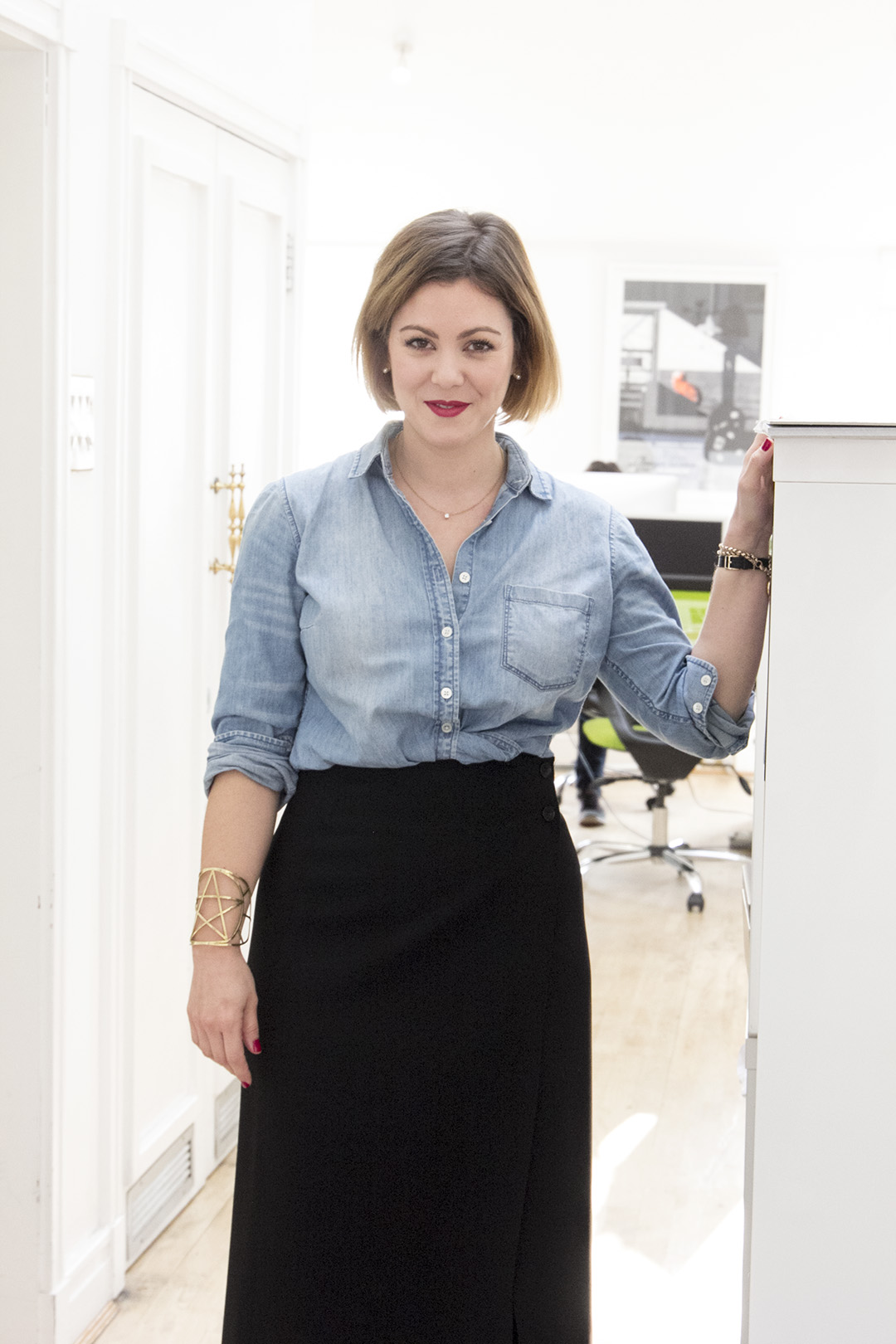 WHAT YOU SHOULD THINK ABOUT BEFORE BUILDING A TEAM: Are you a leader? Will people believe in your business and can you honestly convince them to work with you both as an employee or as a client. Can you let go? Are you ok with bringing an expert on board who can demonstrate their ability in something you might not “get”? It’s a hard thing to take a step back and allow someone else to take the limelight. Can you manage? If you have not managed a team before, it’s tough. Not only do you have the pressure of running a business, you need to ensure your team feel connected and motivated. Speak to other people who have small businesses and also read books and attend training seminars. Don’t get drowned in your own world and forget that people live on your island too and need encouragement. Make sure you’re being sensible with the requirements of your hire – is this one person’s job. Never have a “just get on with it” mentality for managing as that leads to resentment. You have the key to building a positive working environment so take that and run with it!
WHAT YOU SHOULD THINK ABOUT BEFORE BUILDING A TEAM: Are you a leader? Will people believe in your business and can you honestly convince them to work with you both as an employee or as a client. Can you let go? Are you ok with bringing an expert on board who can demonstrate their ability in something you might not “get”? It’s a hard thing to take a step back and allow someone else to take the limelight. Can you manage? If you have not managed a team before, it’s tough. Not only do you have the pressure of running a business, you need to ensure your team feel connected and motivated. Speak to other people who have small businesses and also read books and attend training seminars. Don’t get drowned in your own world and forget that people live on your island too and need encouragement. Make sure you’re being sensible with the requirements of your hire – is this one person’s job. Never have a “just get on with it” mentality for managing as that leads to resentment. You have the key to building a positive working environment so take that and run with it!
ON HAVING HER EAR TO THE GROUND IN DIFFERENT MARKETS: The Internet is a powerful tool when it comes to being connected internationally, but that’s nothing compared to getting on a flight and going to meet people face-to-face. We do several trips a year to the important markets in Paris, New York, Milan as well as Stockholm and Berlin to just meet people and talk. These conversations mean we know what’s happening on the ground and can share this intel with our clients. If we’re required to work on a role outside of our normal zone, then we’ll generally try and find a local expert or at least someone who knows that market well. It’s impossible to be able to have tentacles in all countries and markets.
HER SIXTH SENSE WHEN IT COMES TO MATCHING CLIENTS WITH CANDIDIATES: This is hard to describe and I know frustrates my team endlessly as I’ll predict a candidate or client’s behaviour and then it happens. Seriously though, I think the secret to this is purely experience. I’ve been working to connect people for over 13 years now and have built an ability to see what’s going to click. Personality, beliefs, future planning – all this comes into play when we’re matching things. We’re very in depth when it comes to moving people out of a job and into another, especially those that require a lot of logistics like moving abroad. We’ve been building our reputations individually for years at Talent Atelier and the emails come through daily from people we might not have spoken to for 5 years or more. Being kind, honest and thoughtful mean people share their hopes and desires, which make you able to place them successfully and enhance their career and lifestyle.
ON PRESENTING CANDIDATES CLIENTS DON’T REALISE THEY NEED: This happens constantly. We’re clear from the start that we can work from a job description, but when it comes to placing the right person, that company is paying for our researched intel as well as instinct. If we have someone who doesn’t match on paper but we believe in their ability to do the job, we’ll get in front of that client and pitch them. It doesn’t always work as sometimes clients have strict criteria that’s company wide and isn’t something we can change, but more often than not, someone will want to offer a challenge to a candidate who is eager to get into that role rather than someone making a lateral shift.
BTW – INTERVIEWS ARE A TWO-WAY STREAK: If you know a good level of information about the company you’re interviewing with and ask questions based on your understanding then your conversation will be far more interesting and insightful. Also, people love talking about their journey with a business. Can you ask about their experience of joining the company and career there so far? There’s definitely a level of respect that you need to show your interviewer but I would recommend treating the conversation as exactly that – a chat where you get the chance to talk through your background. Confidence plays a big part in this.
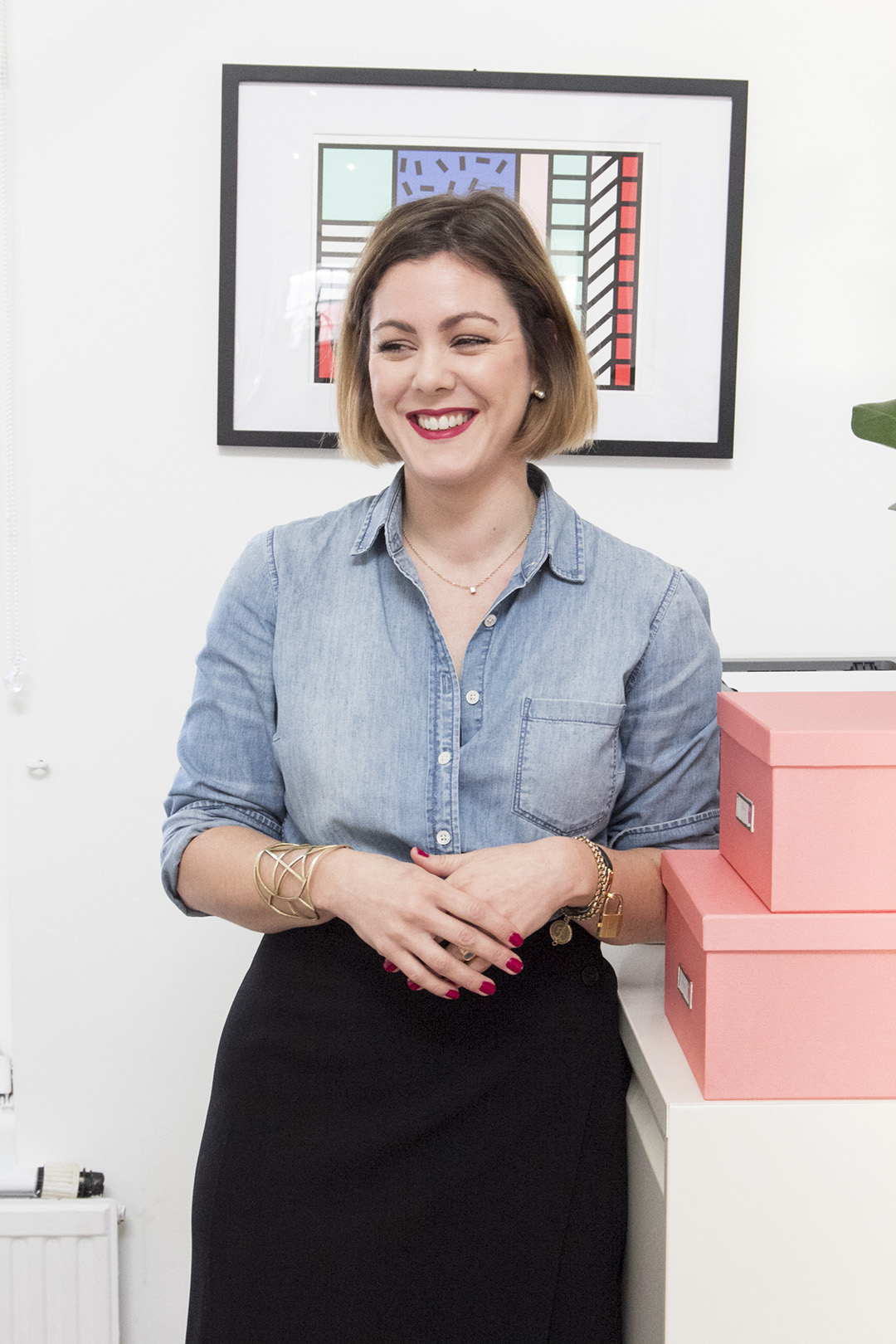 MOST FASHION JOBS AREN’T ADVERTISED – HERE’S WHAT TO DO: First stop is to get recommendations – who do your peers like and work with? Next up is to clean up your CV and portfolio if you have one. Have a friend or peer look over everything – make sure you’re not using the same thing you have been for the last few years as times have changed. Reflect the best version of you there is with what you’re presenting to both headhunters and prospective employers. As a headhunter, we’re out looking for people rather than them coming to us. We’ll be recruiting for a role and will then research who is the best in their sector and touch base with potential candidates. To get on the radar initially, reach out to a headhunter for a chat. I’ll add a caveat here that if a headhunter is in an intensive search then they might not have time to have a coffee and meet you – be patient as this is normally only for a few days, it’s not personal! Being visible online is certainly a help when it comes to these initial sweeps of the market, but also getting in touch when you want to talk through change is a good idea.
MOST FASHION JOBS AREN’T ADVERTISED – HERE’S WHAT TO DO: First stop is to get recommendations – who do your peers like and work with? Next up is to clean up your CV and portfolio if you have one. Have a friend or peer look over everything – make sure you’re not using the same thing you have been for the last few years as times have changed. Reflect the best version of you there is with what you’re presenting to both headhunters and prospective employers. As a headhunter, we’re out looking for people rather than them coming to us. We’ll be recruiting for a role and will then research who is the best in their sector and touch base with potential candidates. To get on the radar initially, reach out to a headhunter for a chat. I’ll add a caveat here that if a headhunter is in an intensive search then they might not have time to have a coffee and meet you – be patient as this is normally only for a few days, it’s not personal! Being visible online is certainly a help when it comes to these initial sweeps of the market, but also getting in touch when you want to talk through change is a good idea.
BUILDING A PERSONAL BRAND ISN’T AS IMPORTANT AS PEOPLE SAY IT IS: It’s more important to make sure that any publicly accessible content reflects you at this moment is important. Clients will instantly look at LinkedIn to see what someone looks like and Instagram to see what their taste level is. It’s just how things are now so we always advise people to make sure your professional and social media reflect you in the right light.
HOW TO COME BACK AFTER REDUNDANCY: Being made redundant can be one of the best triggers for someone to go on and do great things. It’s a really hard thing to take at the time, and it’s easy to feel like you’ve failed at something but it’s a time for assessing what you’re great at and then focusing on that space to find a new position. I always tell people to try and remain in the right mindset – does a friend have a business where they could use your help or advice? Can you do some volunteering which will be relevant to your next career move? Take advantage of the time where you’re not working to do something great. An interviewer will be far more impressed if you’re clearly doing something positive and taking action.
ON THE BIGGEST CHANGES SHE’S WITNESSED DURING HER CAREER: New industries are being created constantly and there’s a huge need to fulfil positions that didn’t exist 3 or 4 years ago. We’re often asked to find people for Digital or Social roles with 6 + years’ experience, when the technology has only been around for less than 6 months. It’s remarkable how fast things are moving. I think the biggest change overall though, is that people are taking control of their future and are creating jobs where there were none before. I love meeting people who have started their own label or agency just because they felt there was a missing link between what they had studied and the reality of finding a job. Larger businesses are looking at their teams and are creating more positive working environments. Kering’s recent example of their new global maternity policy is a fantastic example of this. We’ve had a hard few years and certainly the political landscape is shaky at best, but in terms of hiring smarter and developing teams we’re marching ahead and I am on board with that.

